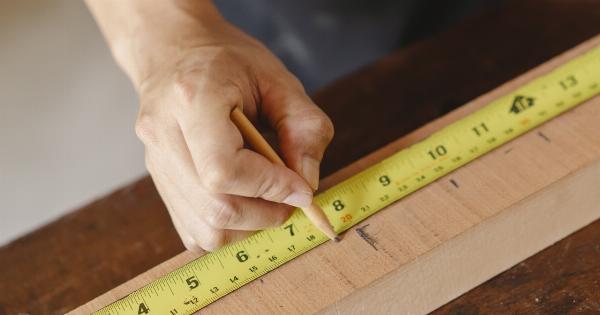Slow movements, also known as bradykinesia, can be a debilitating condition that affects individuals’ ability to move normally.
This condition can be caused by a variety of factors, including neurological disorders, medication side effects, and aging. In this article, we will explore the various causes of slow movements and potential treatments that can help alleviate the symptoms.
Causes of Slow Movements
1. Neurological Disorders:.
Neurological disorders such as Parkinson’s disease, multiple system atrophy, and progressive supranuclear palsy can lead to slow movements.
These conditions affect the central nervous system and disrupt the brain’s ability to control movements. The loss of dopamine-producing cells in the brain is often the main culprit behind slow movements in these disorders.
2. Medication Side Effects:.
Certain medications, such as antipsychotics and anticonvulsants, can have the side effect of causing bradykinesia.
These drugs may interfere with the brain’s chemical messengers, impeding the signals responsible for smooth and coordinated movements.
3. Aging:.
As individuals age, they may start experiencing a natural decline in movement speed. This normal age-related bradykinesia is often accompanied by other signs of aging, such as muscle weakness and joint stiffness.
4. Traumatic Brain Injury:.
A severe head injury or trauma to the brain can disrupt the normal functioning of the central nervous system, leading to bradykinesia. Depending on the location and extent of the injury, the symptoms can range from mild to severe.
5. Cultural and Environmental Factors:.
In some cultures, certain activities might encourage slower movements, resulting in individuals becoming accustomed to a slow pace.
Additionally, living in environments where physical activity is limited or restricted can contribute to slower movements due to lack of practice and muscle deconditioning.
Potential Treatments for Slow Movements
1. Medications:.
In cases where slow movements are caused by neurological disorders like Parkinson’s disease, medications that provide dopamine replacement therapy can be prescribed.
These medications help to boost dopamine levels in the brain and improve motor function. However, it’s important to note that these medications may also have side effects and need to be carefully managed by a healthcare professional.
2. Physical Therapy:.
Physical therapy, including exercises and stretching routines, can improve muscle strength, flexibility, and overall mobility. Physical therapists can develop personalized treatment plans to address the specific needs of individuals with slow movements.
These exercises aim to increase range of motion, improve balance, and enhance overall motor skills.
3. Deep Brain Stimulation:.
In severe cases of slow movements, deep brain stimulation (DBS) can be considered. DBS involves implanting electrodes into specific areas of the brain to help regulate abnormal neural activity and improve motor function.
This treatment option is typically reserved for individuals who do not respond well to medication or other therapies.
4. Occupational Therapy:.
Occupational therapists can work with individuals with slow movements to develop strategies for performing daily activities more efficiently.
They focus on providing adaptive techniques, assistive devices, and modifications to the environment to enhance independence and quality of life.
5. Mental and Emotional Support:.
Living with slow movements can be emotionally challenging. Therefore, counseling, support groups, and mental health services can play a crucial role in helping individuals cope with the physical and emotional aspects of the condition.
These resources can provide a safe space to discuss fears, frustrations, and share experiences with others facing similar challenges.
Conclusion
Slow movements, or bradykinesia, can significantly impact an individual’s quality of life.
While there can be various causes for this condition, including neurological disorders, medication side effects, aging, traumatic brain injury, and cultural/environmental factors, there are also several potential treatments available. Medications, physical therapy, deep brain stimulation, occupational therapy, and mental/emotional support are among the options that can help alleviate the symptoms and improve overall functioning.
It is important for individuals experiencing slow movements to consult with healthcare professionals to determine the underlying cause and develop an appropriate treatment plan.






























